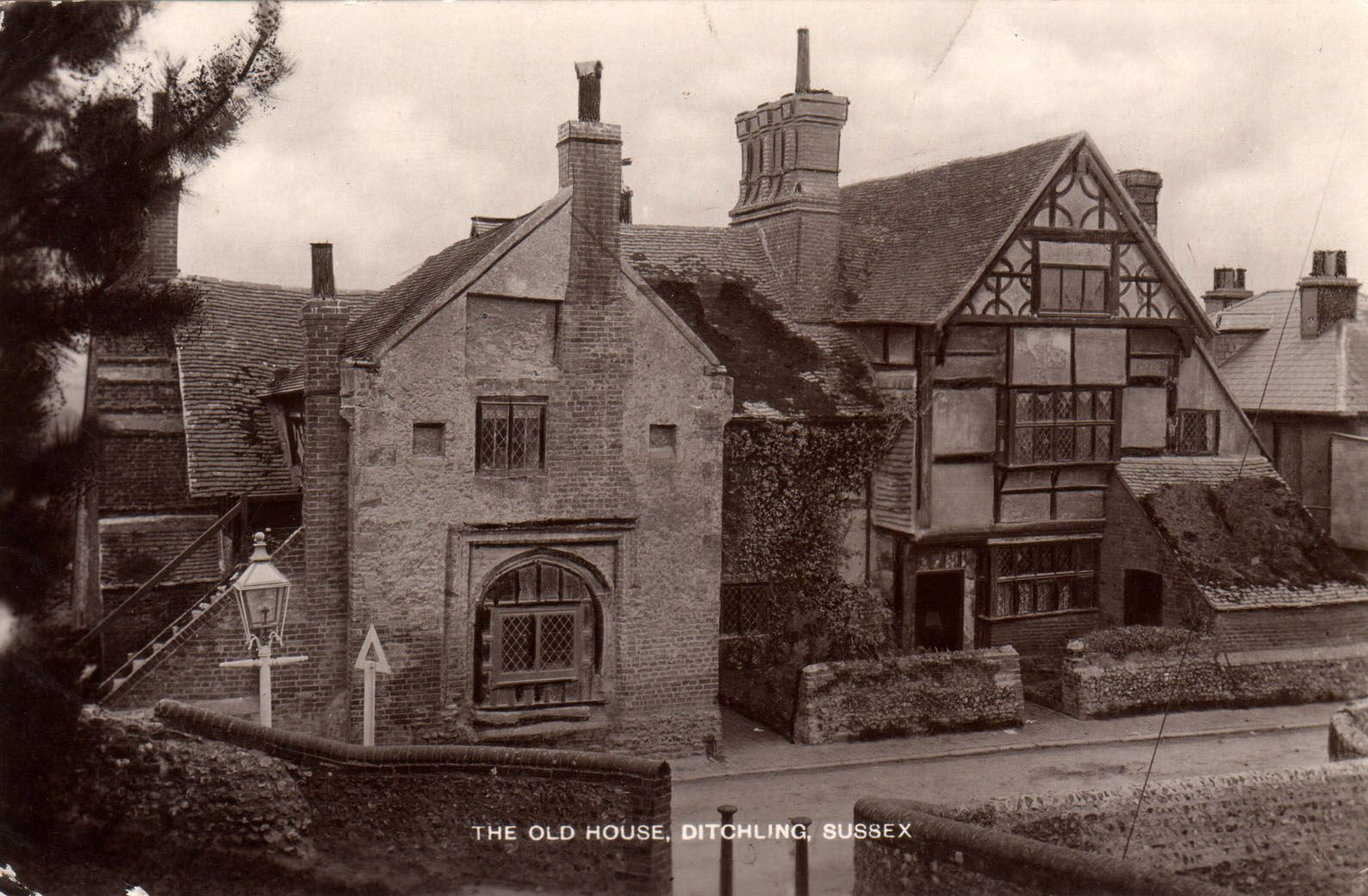
The Forged Fiver of Ditchling
In July 1820, in many parts of the country, there was much discussion and argument over whether the new King, George IV, could be allowed to divorce his wife, Caroline of Brunswick, or whether she should be allowed to take her place as his rightful consort. Here, in Ditchling, there was a much more important issue to occupy the minds of the villagers. Had James Brown, the Draper, been the victim of fraud?
Mr Brown was holding his Summer Sale in his shop, situated in part of Wings Place, West Street. Into his shop, on the second day of the sale, came a young woman who bought a length of cotton cloth and a length of flannel, the total cost coming to 25 shillings. She gave the shop assistant, John Brown, son of James, a five pound note. Now at that time, there had been many cases reported of forged fivers being passed to shopkeepers, and so John Brown carefully noted the name of the young woman who said that she was Hannah Still, wife of John Still from Hurstpierpoint. The customer was clearly a little anxious and said that she felt very unwell. So John Brown and his sister Jane fetched her some smelling salts and off she went, clutching her bundles of cloth.
Still feeling unwell, Hannah was forced to stop at a neighbouring cottage of a local labourer, John Miller, where his wife, Elizabeth, was able to minister to her and then she eventually set off westwards from Ditchling. Very soon, the Browns discovered that the fiver was a forgery and they tracked down a possible source amongst some ‘suspicious characters’ living over at Shermanbury.
James Brown, accompanied by two other Ditchling worthies, John Burt and Jesse Kensit, went over to Shermanbury and searched the house of a family called Selsby. No money was found, but a Martha Selsby was seen to be wearing a dress made of the very same cotton material which had been sold at Wings Place. It then emerged that Hannah, who had called herself Still, was in fact Hannah Selsby, daughter-in-law of Martha Selsby and that she did not, in fact, come from Hurstpierpoint. She was arrested and brought to trial, presumably at the Assizes in Lewes. In 1821, she was sentenced to transportation to Van Diemen’s Land which we now know as Tasmania. Apparently, three of her daughters accompanied her and later her husband joined her. But Hannah’s troubles were not over, for six years later in 1827 she was sentenced to 14 days on bread and water and to three periods in the stocks for ‘conniving’ and two of her teenage daughters being offered for prostitution.
All this followed from passing that forged fiver on the second day of the July Sale at the shop of James Brown the Draper.